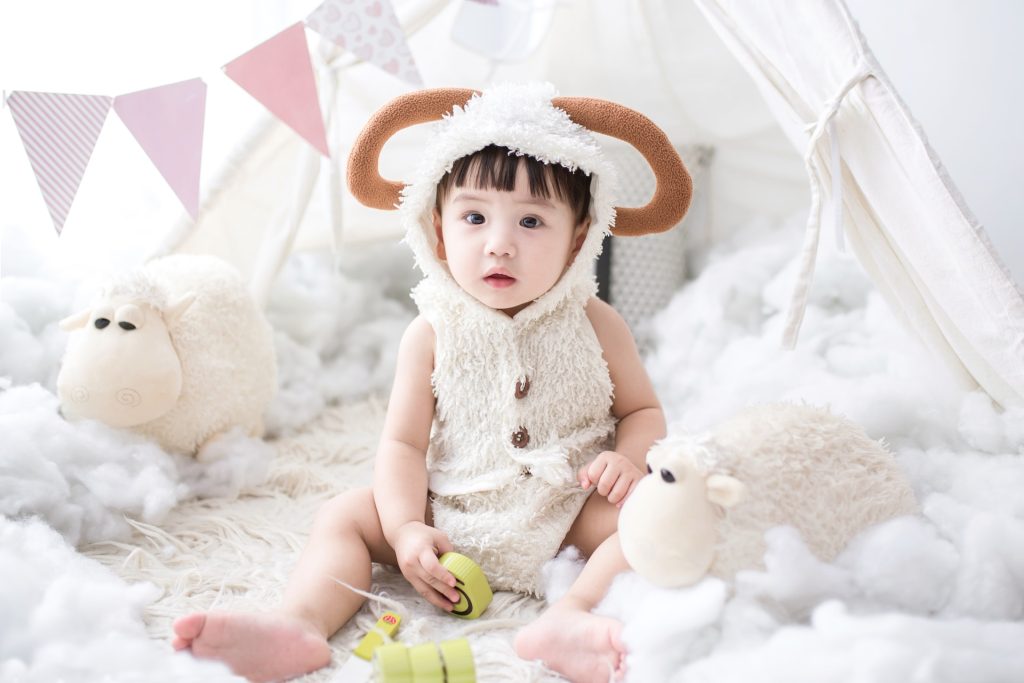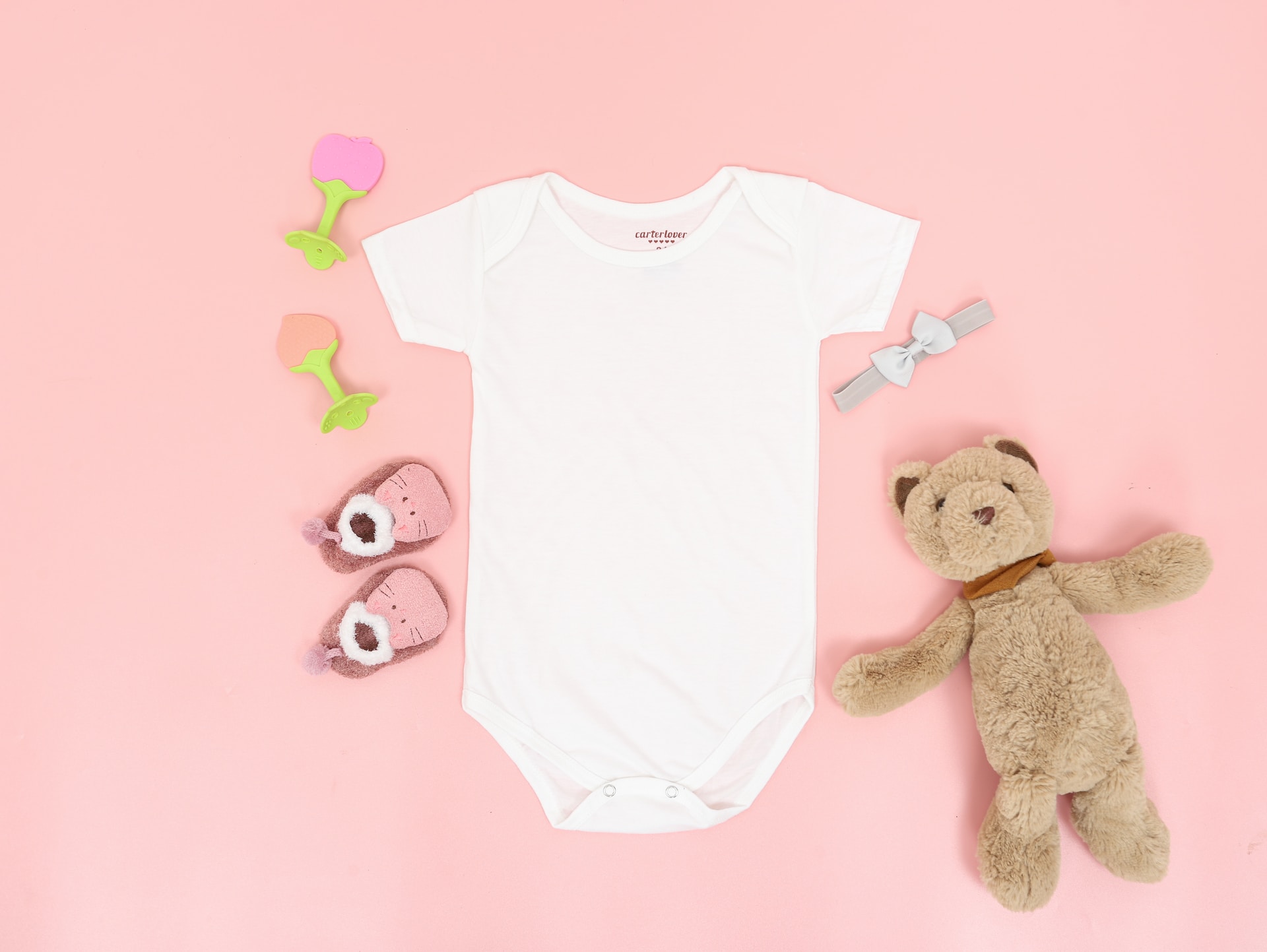As any parent can attest, there’s something undeniably captivating about a tiny pair of socks or a miniature babygrow. But baby clothes are not just about heart-tugging cuteness anymore. The global market for baby clothes is flourishing, with growth projections that show no signs of slowing down. Parents are increasingly seeking out not just practical, but also fashionable and eco-friendly clothing for their little ones, creating a rich and dynamic market. This article delves into the intricacies of the demand surge for baby clothes and the factors propelling it.
The demand for baby clothing has always been a staple in the retail market due to the perpetual need – babies grow rapidly and require an ongoing supply of new clothing. However, a glance at the numbers reveals that it’s not only about necessity. According to industry analysis, the global baby apparel market size was valued at $158.4 billion in 2022, and it is expected to expand at a compound annual growth rate (CAGR) of 5.5% from 2023 to 2028.
So what’s driving this upswing? A combination of factors including a rising interest in organic clothing, increased online shopping, and an expanding middle-class demographic worldwide have significantly contributed to this surge in demand.
The rise of eco-conscious parenting has spurred demand for organic and sustainable baby clothes. More parents are choosing organic cotton and bamboo fibers over traditional synthetic materials, driven by concerns about sensitive baby skin and the impact of clothing production on the environment. Brands that offer ethically sourced, organic, and sustainable options are increasingly winning parents’ trust and wallets.

Online shopping has revolutionized the baby clothes market as well. Parents can now browse endless options and read reviews from their homes’ comfort, removing the hassle of in-store shopping with an infant in tow. E-commerce platforms have made it easier to discover new brands, compare prices, and make informed decisions, contributing to the market’s growth.
Among the most sought-after baby clothes, one particular item is creating a buzz – the baby jumper. This delightful garment, combining both functionality and charm, offers babies freedom of movement while keeping them snug and stylish. Not only is it easy to put on and take off a baby jumper, but it also makes diaper changes simpler, a significant factor considering babies need frequent changes.
It’s not just about practicality and sustainability. The fashion aspect plays a significant role too. Today’s parents are more fashion-forward, seeking trendy and stylish clothes for their little ones. The influence of celebrity culture and the rise of ‘mini-me’ fashion, where children’s clothes are designed to mimic adult fashion trends, is palpable in the market.
The baby clothing market is experiencing growth due to demographic shifts. An expanding middle class worldwide, particularly in emerging economies, has led to increased disposable income. With more financial freedom, these parents are willing to spend more on high-quality and fashionable baby clothes.
Grandparents are also contributing to the growing demand for baby clothes. In many cultures, grandparents play a crucial role in raising children and often indulge in buying clothes for their grandchildren. Their willingness to spoil their grandkids, combined with the financial stability often associated with the older generation, adds another dimension to the market.
Cultural factors and traditions cannot be overlooked either. Events such as baby showers, first birthdays, and naming ceremonies often call for special outfits, and thematic photoshoots have become increasingly popular. All these occasions require distinctive, often premium clothing, further boosting the demand for baby clothes.
However, it’s not all smooth sailing. The baby clothing industry must address several challenges to maintain this growth trajectory. Fast fashion concerns, ethical sourcing, sizing issues, and fluctuating birth rates in certain regions pose potential hurdles. Brands must respond by prioritizing sustainability, offering a diverse range of sizes, and expanding into untapped markets.
Conclusion
the baby clothing market is enjoying robust growth due to various factors, from a rise in eco-consciousness and online shopping to fashion trends and demographic shifts. But amidst this burgeoning demand, brands need to stay vigilant and adaptive. By prioritizing sustainability and diversity, and by keeping a close eye on market trends, the baby clothing industry can continue to thrive. Indeed, as anyone who’s marveled at a baby’s adorable outfit knows, there’s much more to those tiny socks and babygrows than meets the eye.
































































